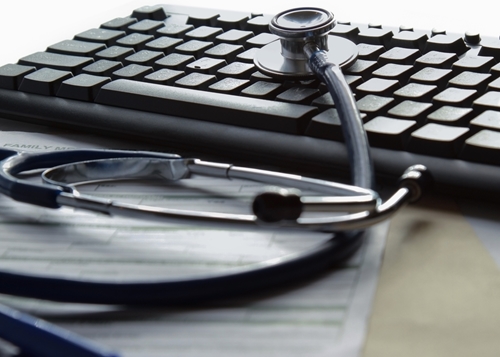The introduction of electronic medical records software has allowed physicians to accurately monitor their patients’ diagnoses and treatments. This not only facilitates the continuum of care, but enhances workflows if the right system is in place.
Usable EMR workflow technology should work as an assistant to its users rather than hinder their ability to perform their jobs at the point of care. They should operate naturally, with consistent and relevant support, while being infinitely scalable to allow for increased opportunities for interoperability.
“Interoperability will be able to transform our healthcare system,” Allison Viola, vice president of policy and government affairs at eHealth Initiative, said at the Government Health IT Conference and Exhibition on June 17, 2014, quoted by Government Health IT. “If we work to be interoperable, patients will have less tests, we’ll save, we’ll standardize; research can be run on the data. I think the business case is there.”
Following the five major components of usability – naturalness, consistency, relevance, support and flexibility – providers can reduce the length of visits and increase their patient volume, according to EMRandHIPAA.com.
1. Naturalness: The EMR should match the task structure of a care center, as there are multiple professionals across the facility that can interact with a patient. Doctors, nurses and technicians can all contribute notes and meaningful information to a patient’s EMR, and the workflow needs to reflect these pivotal roles in health care.
2. Consistency: Clinical staff rely on the ability to constantly perform the same tasks without any interruptions or roadblocks. Otherwise, their efforts to quickly document patients’ health statuses can be slowed down and made inaccurate while waiting for the system to catch up. An EMR workflow is preferably consistent with its production of medical interactions.
3. Relevance: Because of their importance to improving quality of care, EMRs have to eliminate any extraneous information. An overabundance of information can do as much harm as a shortage, confusing doctors and nurses and slowing down the treatment process. With the relevant data, physicians can select the appropriate screens for medical imaging procedures or prescribe the right medication for a patient.
4. Support: EMR workflow should provide enough information to clinical staff to coordinate tasks with one another. By fostering a shared model of care, nurses and clinicians can see what patients are waiting for and how long they have been in the facility, as well as who is responsible for different functions. It instills a sense of accountability among the employees to provide optimum care at every corner of the clinical visit.
5. Flexibility: Finally, the workflow should always be accommodating to user requirements and individual facilities’ preferences. The ideal EMR should make tasks easier and make complex scenarios more practical, reflecting the structures of physicians’ offices through effective execution and support.
With the optimal system in place, health care providers from every specialty can experience the benefits of an improved workflow. When searching for a viable EMR replacement, practices must take these major factors into account before making a decision.
Contact Viztek for more information.
Ronny Bachrach
Latest posts by Ronny Bachrach (see all)
- Konica Minolta Debuts First-of-Its-Kind Digital U-Arm System at AHRA - July 27, 2016
- Researchers Detect Signs Of Stroke Risk Using MRI - June 27, 2016
- Imaging Biz: Q&A with David S. Channin MD: How to Make PACS Patient Centered - June 22, 2016








